|
The fifth in my series of articles of A Guernsey Gardener in London was published on 26th March 2022 in the Guernsey Press, my homeland newspaper. This month I am talking of how I plant and grow our early potatoes, and the memories that I have of growing potatoes in Guernsey with my dad in his garden and my uncle in a huge field beside his house. The first two paragraphs of the article are copied below, and to read the full article for free click on the link under the paragraphs. Enjoy!! 👍 "For me, March is the month that really kick-starts my growing year. While we already have garlic, onions, broad beans and overwintering brassicas in the ground and growing well, this month is the one where our planting of seed potatoes begins, and if the weather is warm enough carrot and parsnip seed packets will be to hand, waiting for just the right sunny day.
Throughout most years of dad growing at Martyndale in St Peter’s and Le Pignon in Castel, he earnestly followed the traditional way of planting and growing potatoes. When seed potatoes arrived, usually around early to mid-February, dad would place them in used tomato trays in the greenhouse, nestled in newspaper so they didn’t touch each other; at Martyndale they were placed by the window in the garage as this was sheltered though got good sun. Tucked in their trays they’d get the light they needed, though not the cold they didn’t. Slowly, over the next six weeks or so, chits would form… dark and green and strong." To read the full article for free click the link below: https://guernseypress.com/news/features/2022/03/28/kick-starting-the-growing-year/
0 Comments
Saturday... A Bank Holiday weekend... Blue skies. Grey skies. Billowing white clouds. Blankets of grey. Sun. Brief showers... very brief showers... and lots of chat. Being the first Saturday in May it was Naked Gardening Day, though no one I know of... including myself... was brazen enough to go the whole hog; I did go barefaced apart from suncream and wearing a T-shirt... so my arms were definitely taking part in the day of the year that elicits a huge amount of social media interest with very little full-on nudity... which is both fair enough and a good thing in my view!! Much more Monty Don and Carry On rather than red-light district... thankfully! Being Spring Bank Holiday weekend in the UK I guess it was always going to be a busy three days at our site, as I'm sure it was across most sites in the four countries of the UK... and possibly allotment sites, Victory Gardens, community gardens and such other community-driven green spaces around the northern hemisphere too. Down Under, the busyness is of a different time; gathering harvests, relishing bounties and seed-saving for next year's hopes and dreams... polar opposites, literally! As I chatted with plot neighbours there was much talk of how this year is behind last year; the sunniest April on record still turned out to be the frostiest since the great depression. Early potatoes still not showing, carrot and parsnip sowings delayed, direct sowing of French beans postponed, tomato plants still being coddled at home, fleeces readily at hand, greenhouse venting largely closed, warmth whilst in sunshine, chills in the shade, flasks still filled with warming liquids rather than cooling cordials, and no rain... or too little to give any real benefit. The forecast was for the Bank Holiday weekend to end with a downpour, or two, or three... and no one was complaining... and no one is now as for once that forecast was right! With so many wanting both to chat and just crack on with their tasks a quiet job I'd planned for Saturday was moved to the day after, and a job for the day after was done instead. Beds were topdressed with Soil Improver and Peat-free Compost, and their bags dried out and readied for re-use. The forecast rain would mellow the topdressing onto the beds, and the nutrients will start working their way down. Shortly after my job was done I was told by a passing fellow allotmenteer that my beds were so neat that they looked like they were on parade... and I sort of got the drift, and hoped for once the forecast would be right so that we WOULD have rain on my parade... which we did. I'm still deciding which beds will hold brassicas, and which beans and salads and direct-sown beetroot and turnips, and more; one thing for sure is none will hold radish which remains a bête noir... We're now well into our growing year, which for us runs October to September, just as it did for my dad; I know I think differently to others, and I guess in terms of this I always will. To me the planting of garlic and sowing of broad beans in October is always a good start for the year. And on broad beans, will I do Bunyard's Exhibition again? This year they were bitten so hard by snows and rugged chill winds I think we'll be back to the seemingly sturdier Aquadulce Claudia come October. And that's where part of my head is now... October... and next year. I'm already making notes, as it's never too soon... varieties I want to grow... and ones I don't... seed-saving of what and how and when. I'm doubting onions will be in our beds next year. In fact, I doubt we'll do onions here again... unless, of course, we do... So the weekend wore on and work got done... hoeing, weeding, raking, topdressing, watering, tidying and importantly the art of quietly observing; a simple yet complex skill that often many forget. Of all that got done on our May Day at the plot, and during the rest of the weekend, the most important was chatting... chatting is so important, and such an intrinsic part of allotment life; remaining socially-distanced didn't mean we had to remain distant. Catching-up... who's doing what, feeling well, needing an uplift, a gifting of smiles, a sharing of laughter, a listening ear for someone's sorrows, and an uplifted heart from sharing someone's joys... simply spending time in the company of others whether friends, colleagues, acquaintances or simply frequently passing nods and smiles. This is allotment life... as important as communing with the soil, sowings, seedlings, plantings, harvests, Planet Earth and Mother Nature is communing with each other. A Guernsey Gardener in London, 4 May 2021 When we drove into the entrance of the riding school a few weeks back, this great hulk of aged compost was really a sight for poor eyes. Now, I don't mean that my eyesight is bad... as it's not... Let me explain... This year I decided to do my best to cut down further on my participation as a consumer in this crazy world we now live in; I'm simply thinking more about what I need rather than what I want. So... my choice is that I want to buy less, so to be able to pick up compost for free from not too far away was a definite joy to grab hold of! This compost is well rotted, soft, pliable, and already comes with worms included! It's a really well-turned mix of stable clear-out, woodchips, goat dung, those stone chippings you get to keep horses' hooves keen, and the rake out from the arena base. The management of it has been good too, as it's clearly been turned with a mechanical digger, and heaved up high, and the result is rather sublime. This morning we did another two journeys... another two tonnes. So, in nine journeys and across three days, an allotment friend and myself... AND her reliant Citroen Berlingo, have moved nine tonnes of compost. We've shared it... 50/50... though I will be baking a loaf or two of bread as a little thank you. Our journies to the riding school are not quite over yet though, as we agreed another morning of shovelling later in the week. Recently, I'd been wondering how I was going to even topdress the cardboard of our edged beds with an inch of compost. You see, I didn't really want to take compost from our old plot; maybe a few shovels full as an activator though certainly no more. The compost that we have in our pallet compost bin needs more time to break down, with a good turn or two to come, though the one in our Hotbin needs to be emptied so can be used. However, I'd really no idea how I was going to cover even thinly the three layers of cardboard of our repositioned edged beds... without spending money... and pretty serious money too! So, being now able to put down not only an inch of compost on each edged bed but rather three or four inches is really a joy to behold, and a sight for my poor eyes and, by my own decision, my shallow pockets. A Guernsey Gardener in London, Day 26
So much of our lives for the next year, and beyond, is held within this simple, unassuming cardboard box. It's name is Bertie. Bertie originally started its travels on the Isle of Arran, coming to London then spending some time in France, before returning to London. A quick visit to Wales then ensued, though for much of last year Bertie was just happy to sit at home... quiet... unpretentious... still. And we're delighted that this was the case, as Bertie holds so many of our growing hopes and dreams. It is within the packets... within the monthly sections... within Bertie that much of our growing year is held. The seeds in each packet, and each monthly section, will barely ever see the light of day. As they sit in the darkness of their packaging they're really just waiting for the dappled darkness of soil... or compost... and moisture... and sunlight. You see, it's these seeds that will germinate and grow and produce food for our table. Some will need to burst into flower before giving up their taste-filled offerings; others will just be resplendent in their luscious, leafy green goodness; the rest we'll know little about until they're pulled from the ground and their lengthy tap root or bulbous tubers are revealed to the sun or rain drenched world. Bertie is a spit of a thing and doesn't really weigh much, though this meek little box carries the full weight of bountiful growing seasons and harvests... harvests that we hope will sustain and nourish. We certainly have much to thank Bertie for, and can only hope that our growing hopes and dreams for this year are fulfilled... weather and pests permitting! A Guernsey Gardener in London, Day 24
The natural world. Forever amazing and inspirational. For us, at this time of year, a trough of our strawberry plants is hardly a thing of beauty, though like all real beauty the truth is never just skin deep. At the moment the silent joy is in a few green leaves, protected by their waxy cuticle layer. The plants are keeping themselves tucked up under a blanket of last season's dead leaves; the ones that worked hard photosynthesising to ensure the plant grew, fruited and gave berries of paradise. They do need tidying up; but not at this moment. At this moment this crispy brown veil is a blanket, a home and a refuge for tiny insects hibernating and microbial life; life that we don't fully understand and that we can't even see with the naked eye. It is often when our world's in winter's embrace that we take stock and think of what's to come. With some tender care, judicious pruning, and a little liquid fertiliser from reconstituted organic chicken manure pellets, these now quiet strawberry plants will soon start shouting and give us an abundance of fat red berries... only about five months to wait! Of course, the flowers will come first, then bees, butterlies and insects will pay a visit... or two... or three. They'll leave some magic dust, and then fruit will start growing... and swelling... and ripening. I look forward to the days of strawberries, and now know our summer is not too distant... bringing the bliss of heated rays of sunshine... and seemingly endless watering! But first... now... at this very moment.. we are in winter's embrace. A Guernsey Gardener in London, Day 22
As I've been pottering at the allotment today, two well-known sayings have come to mind. The first is "It's never too late to do some good" and the second is "Don't put off until tomorrow what can be done today". It's the 1st of January and obviously the start of a brand new calendar year. Our growing year is gently moving forward and getting in to gear, and this morning it's been about tidying the beds on our top plot. Where we had our completely unproductive Butternut Waltham squash and quite productive climbing beans I've set to and weeded the bed; taking out any perennial weeds that were starting to take hold and covering all with a single layer of cardboard. A single layer here will do for the moment, and if it needs another that will have to wait for a few weeks as the rest of our cardboard hoard is needed for sorting out our newly acquired half plot next door. Another bed, where our autumn harvesting broad beans were - the Luz de Otono that I vainly had much hope for - has been weeded thoroughly: some couch grass was coming through and it had to come out. I made sure I followed the root back as far as I could and pulled it from as deep as possible. We'll try the Luz de Otono again next year, this time sowing from seed. With such an unusually wet autumn this year the plug plants grew well but got black spot quickly and needed to come out. So today was just about tidying that bed. The soil is quite high in this edged bed, as we had added compost to hill the potatoes, so some of it will soo go onto a new bed at the plot next door. Mr Robin - I'm sure not the one from home - is keeping me company and fluttering nearby; taking in the view of what's been done. Sitting next to me on the left arm of our blue bench, every now and again he flits off to the ground, digs around, rustles something out and has another nibble of lunch. Now he's off in the buddleja, which I'm glad I haven't yet cut back; clearly he doesn't like it all too neat. It's completely silent down here today... almost. Even though the sky may be grey, the stillness is quite golden. There are a few people at the pub so occasionally there's a background murmur from the beer garden. Others are walking along the canal path and the river path, so every so often the shouting of a child screeches across the allotment. Barring this though it's mainly birds twittering, an occasional car door being slammed shut, and a very slight rumble of planes at Heathrow as their occupants jet off to who knows where. Earlier I left Richard with his Shark vacuum cleaner. It arrived yesterday. He immediately unpacked it, checked it all over and gave it a quick try out. This morning he's been doing the two upstairs floors... and complaining that I was getting in the way in the bedroom when I wanted to get changed to come down here. After a brief break for us both and a soya milk coffee, I left him to his hoovering and came down here to do some tidying. All of that is now done and three beds are tucked away under cardboard, and another bed is thoroughly weeded. I could have done this weeks ago, and it's only taken me a couple of hours. Though for whatever reason I didn't get round to it then. And I have now. Which is good. That is how life is after all. So, coming back to those two sayings. Sometimes you do need to put something off because you know you just don't have the energy to do it today. And sometimes things are too late as you missed a deadline, and whatever you do after missing that deadline will never take you back to it. For what I needed to get done here for some illogical reason these two sayings sprang to mind, though I have no idea really why they did. I guess somewhere in my mind they just wanted to. Certainly it's not been too late, and certainly I haven't put off until tomorrow what I could do today. Clearly, the time was just right. For some it may seem like an odd thing to be spending a few hours on New Year's Day down at an allotment, though for me it seems the perfect way to start another calendar year. And a great way to start my third month of my blog, 'A Guernsey Gardener in London'. A Guernsey Gardener in London, Day 21
To date, I've always planted out onion sets in the autumn for harvesting the following summer. Most years we've been lucky with our white onions and had really good results; the variety of late has been Shakespeare. However, with our red onions, which have always been Red Baron, it's been a different story. They have always bolted, which obviously is not the intention and is no good for long-term storage. However, over the past few days I've been getting that little itch again of needing to sow some seeds... as us allotmenteers often do! I had a hunt in my seedbox and came across some Ailsa Craig onion seeds which had been free and enclosed with a magazine some months back. So yesterday, as I was popping down to the allotment to do our Christmas Day harvest, I decided to sow these whilst I was there and see how they do... though in fairness even if I had had nothing to do at the allotment I would have still gone... that itch being itchy and needing a scratch! It's become somewhat of a tradition in the UK to sow onion seed on Boxing Day. I think it springs from those wanting to grow exhibition onions, like Kelsae, though may do me well too (even if I was a day early!). I guess this tradition really aligns more to sowing on the shortest day and harvesting on the longest; though nowadays after an extended family ridden Christmas Day I am sure many will want to escape for an hour or so on Boxing Day to potter at the allotment! I've never done onions from seed before, though have over the last few years had a hankering to have a go. It'll be interesting to see how they compare to how we've grown our onions previously... as sets... planted in the autumn... as I have already said... Apart from White Lisbon Spring Onions which I sowed a month or so ago - growing along with what Kelly from Kelly's Kitchen Garden is doing - I currently have no onions growing. You see, I'd already decided that this year we'd plant out sets in the spring, just like Vivi does. Hers always seem to do well and not bolt, so we'll follow the way of the Queen of the Gardens this growing year. You may remember last year we tried planting our onion sets deeper, as dad used to do. Sadly, the result was pretty poor. All of the red onions bolted yet again; fourth year growing and fourth year bolting. With our white Shakespeare, which had done really well in previous years, they didn't seem to like being planted deeper than we normally do. Largely, the harvest had onions that had either rust or allium leaf miner. Of course one reason could have been the deeper than usual planting, especially as I now remember that the soil that dad had in Guernsey is much sandier than we have, which will have certainly helped with drainage. Additionally, I think the white rot took hold as the onion sets seemed to stay quite damp around the growing onion. I know I didn't weed them enough and let Mizuna germinate and grow to full-size plants; this itself will have kept moisture in the soil at the level that the onions were forming... not ideal growing conditions for a crop that likes its own space. A note to self to hand weed more often AND remove volunteer plants if I even think they may at some point do harm! So, I think a combination of things rather than just one had resulted in last year's poor onion harvest, and I've taken responsibility for these errors, and learned from them; as all us allotmenteers must. We get to know our soil, our light, our weather, our watering regime, our composting techniques, our fertilisers and our ways of doing things, and learn more and adapt again each growing year. So, the sowing of these Ailsa Craig is done. They've already had a night tucked up in the poly, and we'll see how these little hard balls of onion seeds get on over the next few months. How quickly, or slowly, will they germinate? Shall I thin to one strong seedling per module or allow them to clump? When will they need planting out? Should I buy Enviromesh and cover to reduce the risk of allium leaf miner? Do I need special fertiliser for them or will a top-dressing of chicken manure pellets suffice? We will see how they do, and find these answers as we go along. Learning and adapting as we allotmenteers always do. A Guernsey Gardener in London, Day 20
I have always grown Guernsey Half Long parsnips... partly out of nostalgia, and partly because they've always done well for us. For the first time, this year they didn't want to germinate. The first sowing did absolutely nothing, and the second sowing chose to do similar. As I'd sent some seeds off to Liz Zorab of Byther Farm so that she could have a go at them, and also shared some with the fabulous Vivi, after my second sowing I'd none left for a third sowing. A quick search online showed none in stock, which wasn't a huge surprise as it was well into the sowing season! However, there was no way we could be without parsnips so I decided I'd use the Tender & True seeds that had come free with a Kitchen Garden magazine. Nine months from sowing, I've just pulled the first parsnip, which we're going to have for supper this evening (Christmas Day). You always wonder what lies beneath, and I have to say I'm really happy with what came out. It's grown true and strong and long and I hope is going to be tender as well and fully live up to its name. We've another full few rows of these parsnips so I hope that they'll all come out as good. Fingers crossed!! I do love the Guernsey Half Long variety; they have big, broad shoulders and don't grow too long though you still get a really good amount of parsnip per seed. I've saved seed from one that we grew, did not harvest last year and left to go to seed... a flourish of flowery umbells followed by fennel-like seeds. If you're thinking of growing parsnips this year do remember that the seed does not stay vibrant for too long. It's said that it's best to get fresh seed each year, so if you do have seeds from last year or even the year before give them a go though be prepared to re-sow with fresh seed as germination may be poor. I think I'll also be sowing some other parsnip varieties too this growing year. I've a Finnish one from Old Gardener Guy, and will definitely be giving those a go, and if I get some free seed of these Tender & True again I'll also sow them once more. We sow our carrots and parsnips sparsely in a raised bed which is 3 decking boards deep, and do not thin them and do not cover them. As the carrot root fly flies only up to a certain height we generally get away without too much damage to our root veg. It's been the same this year and in the move to our new plot we'll be shifting the carrot bed from our lower plot up to our new one. One thing that always surprises me is that parsnips in many countries are considered food just for livestock. They're certainly considered more than this in our house, and I think in many others. The wonderful starchy sweetness of parsnips makes them an essential with any decent roast, and therefore one of the true Kings of the Allotment Crop. A Guernsey Gardener in London, Day 19
Richard and I are fortunate to live in the picturesque area that we do. We're on the outskirts of London, with lots of green open spaces nearby, and the enchanting towpath of the Grand Union Canal just at the bottom of our road. A long established cast iron canal marker informs us each time we pass that it's 92 miles to Braunston. I often wonder the importance of Braunston, and one day I'll do a Google... Downstream, four locks or a few miles away depending upon whether you're travelling by canal boat or legs or wheels, is the entrance to the tidal River Thames. At this point a turn right and upstream will take you to Hampton Court Palace, Maidenhead, Windsor and onwards into Gloucestershire. Heading left and seawards takes you past the Houses of Parliament, Tower of London, Greenwich Old Naval College and eventually into the North Sea. From here the water that has flowed along the banks of England's longest river, including some that has travelled by the side of the Community Gardens and allotments, starts a very different and saltier journey. The Community Gardens sit alongside the Grand Union Canal, whilst our allotments, a short distance away, cuddle the banks of the River Brent. Over decades, centuries even, the river has flowed and flooded, leaving rich and nutritious detritus in its wake. It is this sediment and soil which makes up the earth on which the allotments sit. For years nature has been enriching this fertile growing land, and with a shifting of the riverbend several years ago, it is now down to plot holders to maintain and encourage the richness of the soil that we tend. It is very, very rare now that the allotments flood, and even when this does happen it's usually just an area that is now set aside as conservation woodlands on our site. Many people have said that we're lucky to live in such an area. I like to think that we're fortunate, rather than lucky. It is down to the choices that we have made, both individually and as a couple, that we live where we do. However, these choices have largely been ours to make, rather than a necessity thrust upon us under life's duress. We both still do have an itch to move on, though it is no longer as itchy as it was a few years back. At the moment, I think we are generally content. When an opportunity arises that we think is right, we will then make the choice that we do. Until that time comes, there are many seeds to sow and plants to tend. A Guernsey Gardener in London, Day 17
It's not exactly the colour of the shed that we want, though it is the colour of the shed that will do for now. As you may remember, we've inherited this shed on our new plot; the plot next to our first plot at the allotments. We've been growing on a second plot further down, about 100m away, though moving to this rather untidy plot will save time in the long run with watering and in numerous other ways. This plot wasn't going to come with a shed, as the then incumbent of the tenancy was going to dismantle it and move it to a new plot that he has moved to. Then, after a number of delays and setbacks in us taking over the tenancy, the previous tenant suggested he leave the shed in-situ; a suggestion that was gladly agreed to! To be honest that was a great relief as I'm not sure we'd have got around to getting a shed this side of the busy spring sowing season. So, as you may have seen in our November plot tour (which came right at the end of the month!) the shed is in pretty good nick. It's dry inside, especially given we've had lots of rain recently, though the outside did look a bit worn and forlorn. It's certainly had a lot of wear and tear over the years from the ravages of the great British weather. Another of the useful items left by the previous tenant was half a large pot of green shed paint. On opening it it was all good to use, so on Friday I set to, halfway through the afternoon as the sun was going down and the temperature was dropping! Now, painting is not something that Richard normally allows me to do. I'm more of a 'splosh it on' type of person and not one that gets the edges straight and creates no visible brushmarks. However, on this occasion, with winter really beginning to set in now and our nights touching 0°, it was best to get some paint on the shed to protect the wood over winter than just leave it for another for 5 months. And before anyone says it, I know this isn't the perfect weather to paint a shed, though it was the perfect time to paint it so paint it I did! Richard hasn't seen it yet, and I know he's looking for a much lighter sage green than this rather murky green, so this will do as an undercoat until Richard can sort out all the design styles and features of this (his?) new shed. He did suggest in the November tour video that maybe we could raise the roof... I thought he meant opening a bottle of champagne which I thought a terrific idea... then I realised he did actually mean raising the roof of the shed, as he couldn't stand up straight! Now, I'm not a great one for hammers and nails either, so in my head raising a shed roof is akin to the challenges of raising the Titanic! However, as in all things, time will tell... A Guernsey Gardener in London, Day 16
|
We are......long term partners. Archives
February 2024
Categories
All
|



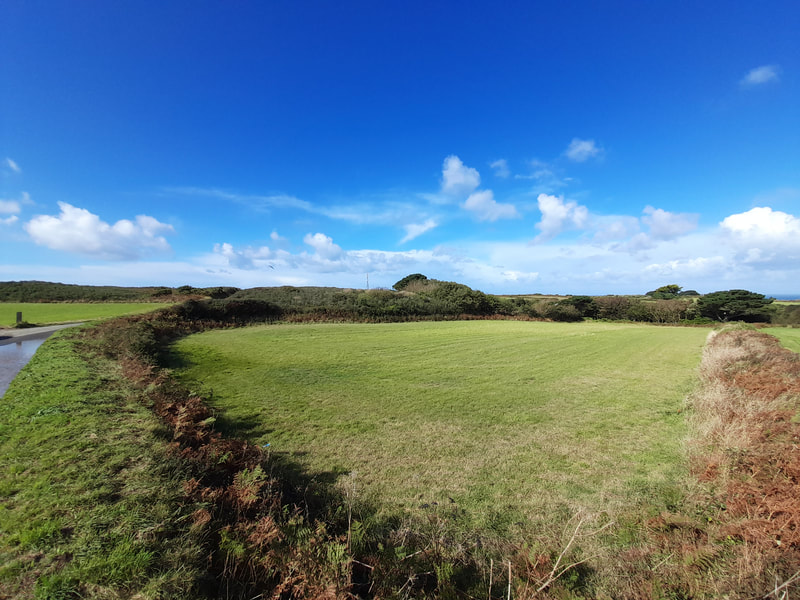

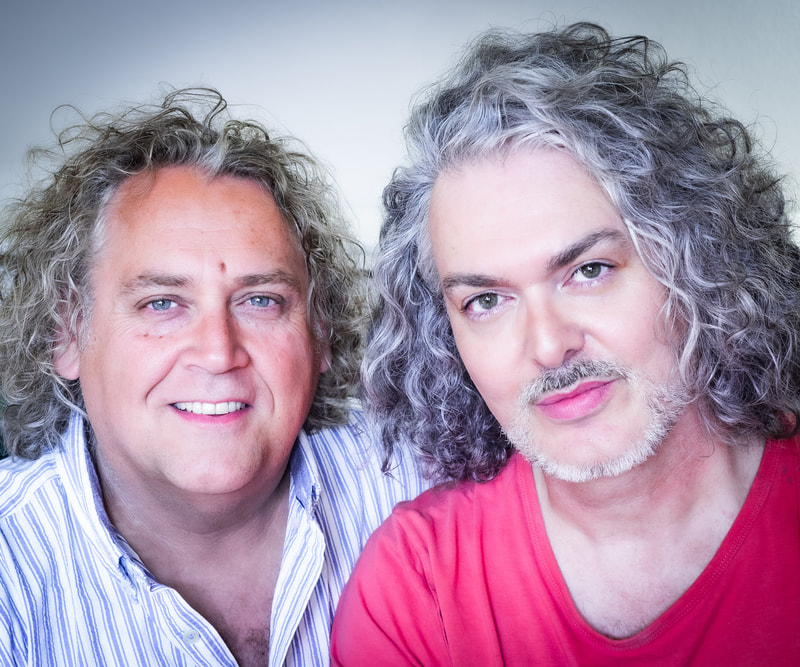
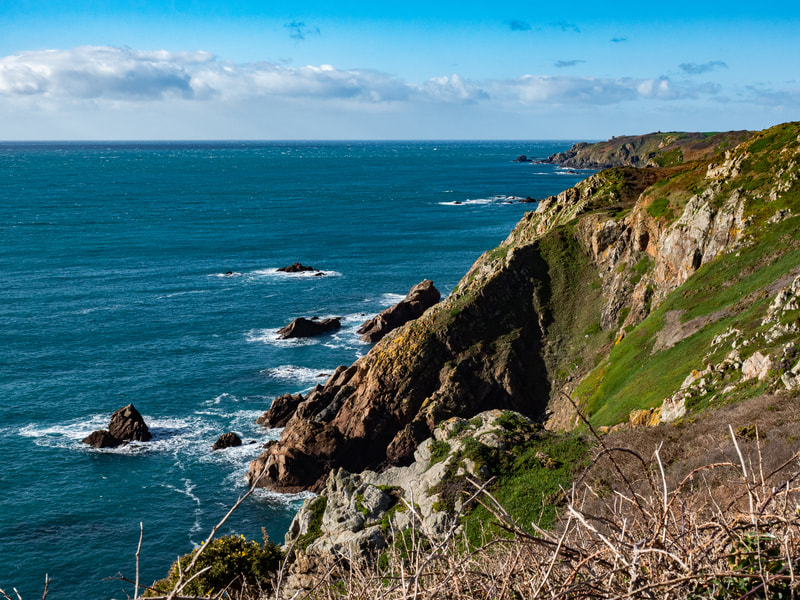


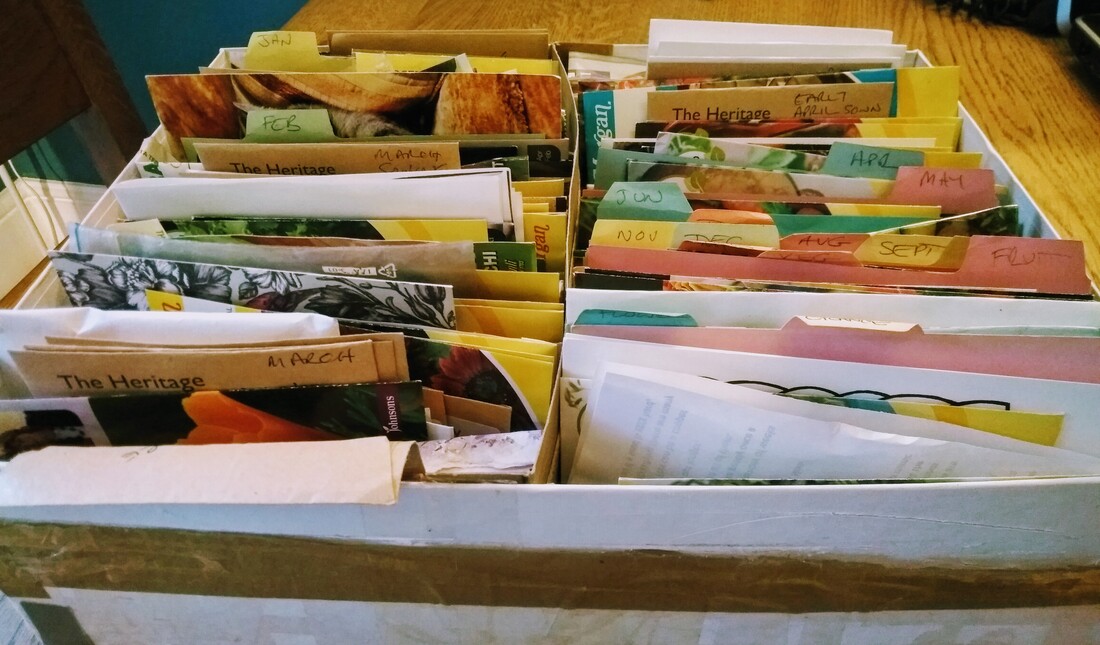
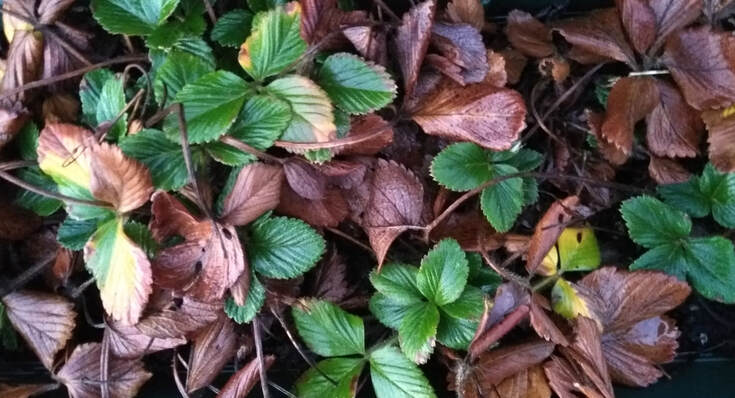




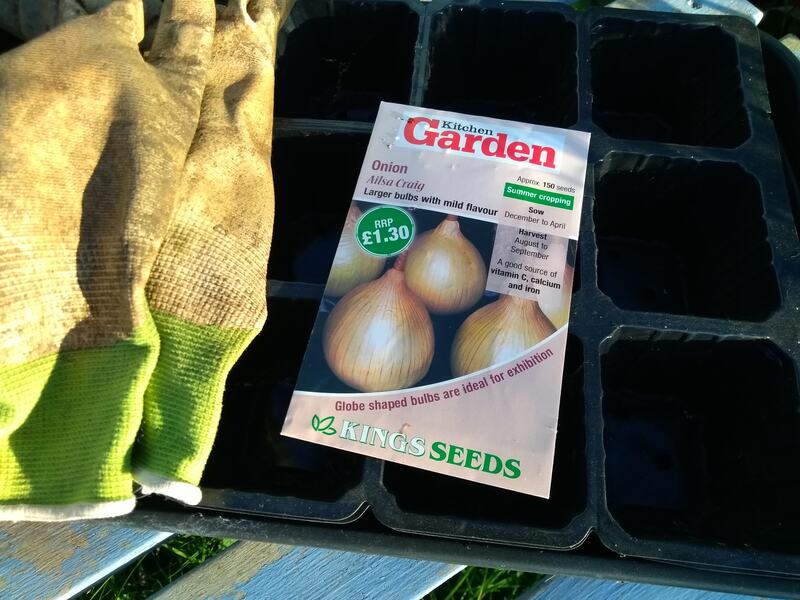
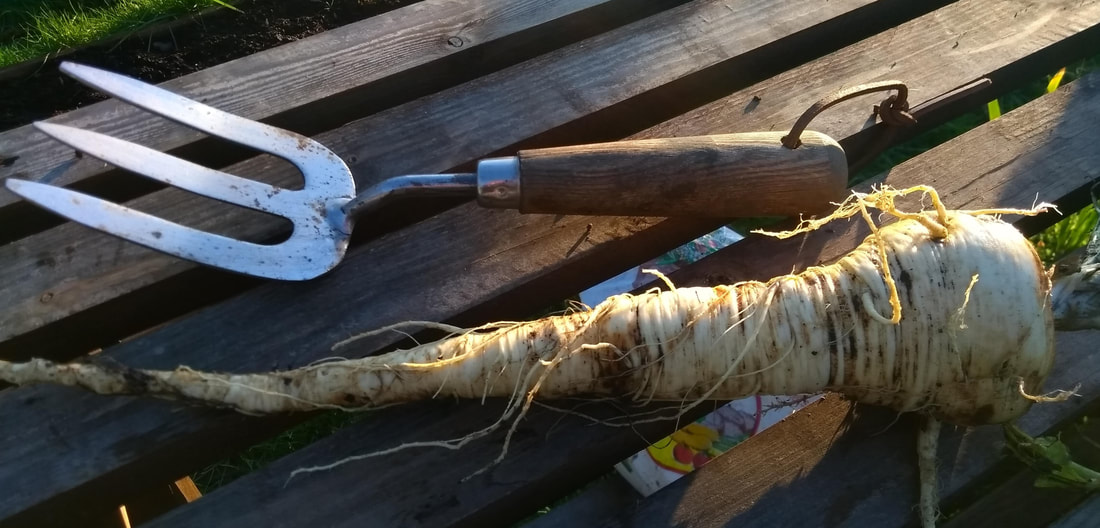
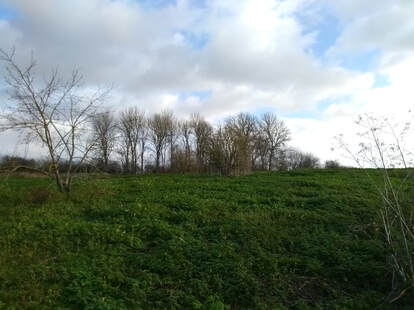


 RSS Feed
RSS Feed